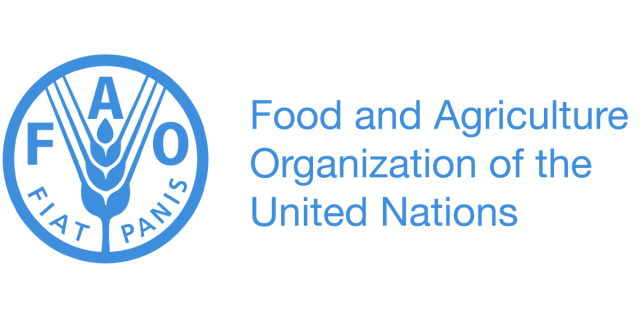The Food and Agriculture Organization of the United Nations has launched a new Compendium of forgotten foods in Africa which is a first-of-its-kind comprehensive collection of 100 African forgotten food crops.
Also referred to as neglected, underutilized or orphan crops, these species offer valuable benefits, including nutrition and diet diversification, while supporting resilient, climate-smart agriculture but they are at risk of being lost as foods such as maize, rice and wheat dominate African diets.
The compendium list includes crops’ botanical classification, agroecological suitability, agronomic requirements, traditional and medicinal uses, value-added prospects and nutritional content. Among the entries are: African locust beans, African nightshade, baobab, Bambara nut, bush mango, cassava, fonio, marula, moringa, teff and tigernut.
Produced by the Food and Agriculture Organization (FAO)’s Regional Office for Africa with the Forum for Agricultural Research in Africa (FARA), the Compendium is a direct response to the UN Food Systems Summit and the Call for Collective Action in the Global Manifesto on Forgotten Foods.
Embracing both agricultural heritage and innovation can transform agrifood systems across Africa. By cataloguing these forgotten or underutilized crops, traditional knowledge is being honoured in the push to unlock the potential for better nutrition, sustainable agriculture, and resilience against the climate crisis.
In a joint foreword to the publication, FAO Assistant Director-General and Regional Representative for Africa Abebe Haile-Gabriel and FARA Executive Director Aggrey Agumya urged the mainstreaming of forgotten foods into African agrifood systems.
“Forgotten foods’ potential is not realized due to long years of neglect or slight consideration by researchers and development practitioners. Researchers who are interested in these commodities largely lack funding support since these commodities are not part of the big six food commodities supported across the globe. They are labelled as forgotten foods because they are forgotten by the research funders, researchers and development practitioners,” they said.
Intended as a sourcebook to enhance the knowledge of users working on various aspects of forgotten foods, the compendium is aimed at researchers, nutritionists, policy makers, development practitioners and anyone with an interest in food and agriculture in Africa.
The Compendium is a companion to the new publication Integrating Africa’s forgotten foods for better nutrition which explains the methodologies and analysis used to compile the Compendium.
The publication is part of FAO’s work in Africa for better production, better nutrition, a better environment and a better life under the FAO Strategic Framework 2022-31.
The Compendium of forgotten foods in Africa can be downloaded from the FAO website https://www.fao.org/documents/card/en/c/cc5044en
Distributed by APO Group on behalf of Food and Agriculture Organization (FAO).
